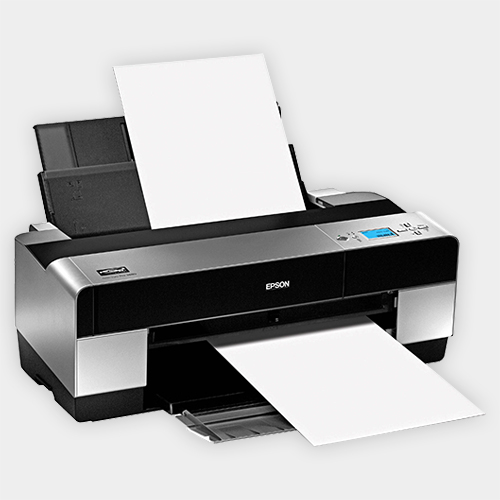If you’re new to DTF (Direct-to-Film) printing, you might be wondering how DTF ink is different from regular ink used in other printers. This article will explain the key differences in a way that’s easy to understand — especially if you’re planning to start a custom printing business or already work with t-shirts and other fabric items.
🧪 What Is DTF Ink?
DTF ink is a special type of ink made for Direct-to-Film printing. It’s designed to print designs onto a special film. After printing, the design is transferred onto fabric using heat. DTF ink needs to stay flexible and vibrant so the design doesn’t crack or fade after washing.
🎨 What Is Regular Ink?
Regular ink refers to the ink used in everyday inkjet or laser printers. It works great on paper, but it isn’t made for fabric or heat transfers. Most regular inks can’t handle the washing, stretching, and heat involved in garment printing.
🔍 Main Differences Between DTF Ink and Regular Ink
| Feature | DTF Ink | Regular Ink (Pigment/Dye) |
|---|---|---|
| Application | For printing onto film + heat transfer | For printing on paper or photo media |
| Flexibility | Stretchable, doesn’t crack on fabric | Brittle, may crack or peel |
| Adhesion | Binds to fabric with adhesive powder | No adhesion to fabric without pretreat |
| Wash Durability | High, lasts through many washes | Poor, fades or washes off |
| Heat Resistance | Formulated for high-temp transfer | May burn, discolor, or degrade |
| Compatibility | Designed for DTF printers & powder | Not compatible with DTF materials |
💡 Why You Shouldn’t Use Regular Ink in a DTF Printer
Using regular ink in a DTF printer is not a good idea. Here’s why:
- It won’t stick to fabric well.
- The design may fade or wash out quickly.
- You could damage your printer, especially if it needs white DTF ink.
DTF printers are built to work with DTF ink only. Mixing other ink types can clog the printhead or ruin the heating process.
🧵 When to Choose DTF Ink
Use DTF ink if:
- You print on cotton, polyester, or blended fabrics.
- You want to make colorful, long-lasting t-shirts or hoodies.
- You want transfers that hold up after many washes.
🧼 DTF Ink = Better for Long-Term Fabric Use
The main reason people switch to DTF ink is quality. Designs last longer, look better, and don’t crack. Whether you’re just starting or growing your custom printing shop, DTF ink is a smart choice.
✅ Final Thoughts
DTF ink is made for heat transfer and fabric printing — regular ink isn’t. If you want professional results, especially for clothing, stick to DTF ink. It’s more reliable, more vibrant, and much more durable on fabric.
🎯 Need High-Quality DTF Ink for Better Results?
Winnerjet offers premium DTF inks with strong color, smooth printing, and great fabric adhesion. Perfect for small businesses or professional print shops.
👉 [Contact Our Sales Team] to get started with better printing today!
🙋♂️ FAQs: People Also Ask
Can I use DTF ink in a regular printer?
No. DTF ink should only be used in printers designed or modified for DTF printing.
Is DTF ink waterproof?
Yes, when transferred properly, DTF ink designs are waterproof and wash-resistant.
Can I use sublimation ink instead of DTF ink?
No. Sublimation ink works differently and needs polyester fabric. DTF ink works on a wider range of fabric types.
Does DTF ink work on dark shirts?
Yes! DTF ink includes white ink, making it perfect for dark or colored fabrics.
How long do DTF transfers last?
With proper care, DTF transfers can last through 40–50 washes or more.






